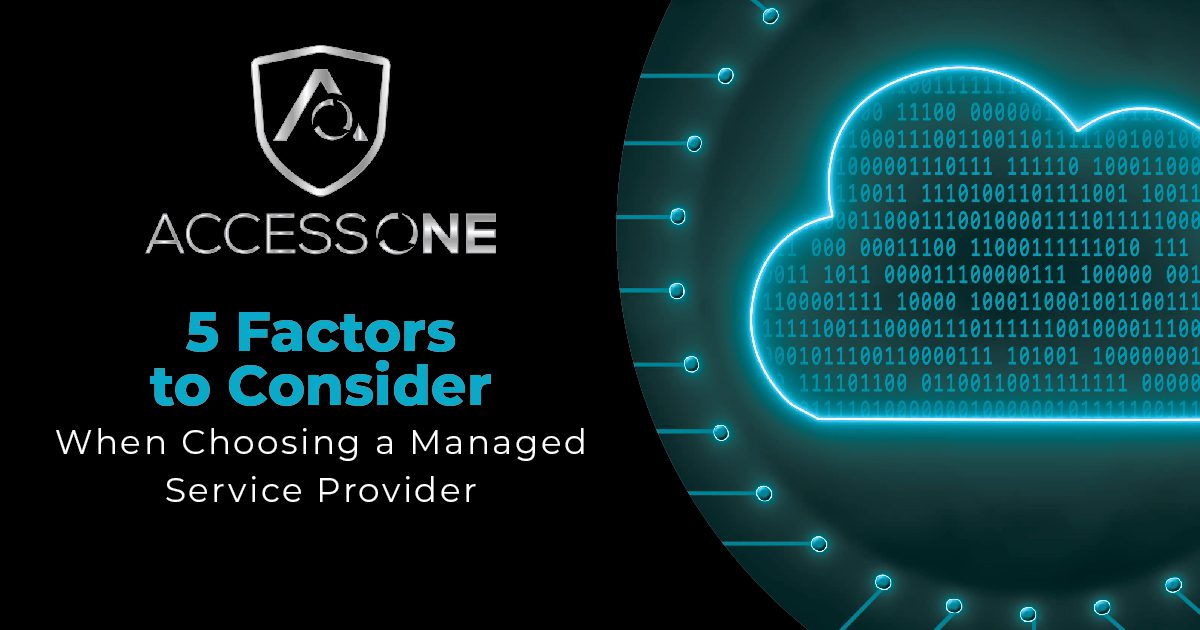Considering the digital age that we’re in, there is no debating the importance of data to every business. With that in mind, the physical environment that your organization’s data is stored in can be an instrumental decision regarding natural disasters, security, and cost savings. Many small business owners are not aware that the typical office space where a server is kept (usually on the business premises) is an inferior and even dangerous environment.
A colocation center is a data facility where different businesses are able to rent out space for servers and other IT-related hardware. For the typical small, growing business, colocation allows for flexibility with respect to space, cooling, and power concerns of a firm’s IT infrastructure. However, small business owners and decision makers should practice due diligence before selecting a colocation facility. Let’s explore some of the benefits of colocation and tips on moving to a colocation center.
Cost savings
Colocation makes fiscal sense because there are immediate cost savings and there is no change in infrastructure. You pay one monthly fee and in return are granted access to uninterrupted power supplies, cooling systems, a high level of security, and auxiliary generators. The colocation facility maintains the entire operation. Another key value is realized by the sharing of resources with other businesses. The facility providers are able to provide services at a discount, because they are usually housing multiple clients at one location.
Enhanced connectivity
According to Data Center Knowledge, colocation ensures that your business enjoys a much higher degree of connectivity than most in-house setups. In addition to benefiting from less downtime, your connection speeds will be faster across the board. Plus, it is difficult for a small business to compete with the IT staff on hand at a colocation center, ready and able to handle any issue that does arise.
Security and Disaster Protection
When you choose to move your hardware to a colocation facility, you are protecting extremely valuable components of your business from accidents due to natural disasters – floods or earthquakes. Power backups are a state-of-the-art feature that will eliminate downtime in the case of a power outage. Another facet that often goes neglected in the typical office setting is climate control; servers need to be kept at a closely regulated temperature to ensure proper operation and guard against failure. In addition, the security provided by a colocation with respect to intentional tampering or sabotage will almost certainly be superior to any office building setting.
Making the Move
Once your organization has decided that colocation is the answer to your data housing conundrum, there are some important steps that you can take to ensure a smooth transition. These include proper and complete planning, backing up your data, and keeping the two setups running together as long as possible.
Planning – This is far more encompassing than simply writing a plan down. The goal is to get your entire company on board and to clearly understand what steps need to be taken. For example, have calculations been made to determine the amount of time that will be necessary to transfer the data using the bandwidth that is available? A comprehensive, detailed plan that is understood and followed by all of your team is crucial to a successful migration to a colocation setup.
Backing up data – You will want to ensure several data backups and various restore points during your software and data transition. This is common sense but still a vital step. Retaining the ability to revert back to prior points before the transition in case of unforeseen complications can save you a lot of time and valuable data.
Keep two setups running – It is highly advisable to keep both of your systems running side by side for as long as feasibly possible. This is a major transition, and a set point when you go “live” to the colocation should certainly be established, but rushing this process is strongly advised against.
Opting to house your data resources and hardware at an off-site colocation facility is often a wise business move, for reasons that include cost savings, enhanced connectivity, and security. After making the decision to move, taking proactive and preparatory steps will ensure a smooth transition for your organization.
Ready to make the move? Reach out to us today!















